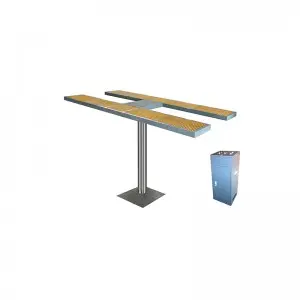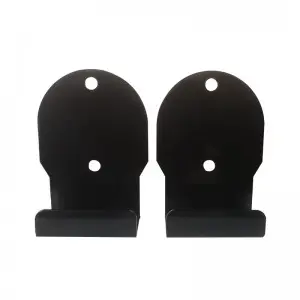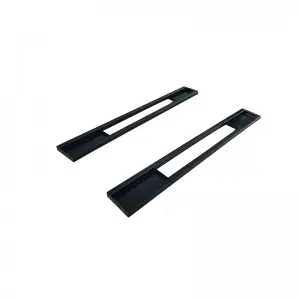
The Fascinating World of Cylinders: Understanding Its Function and History
Cylinders are an essential part of our everyday lives, from car engines to gas tanks and even cooking utensils. This shape represents strength, stability, and durability which makes it widely used in various applications in both everyday life and industrial processes. In this article, we will explore the function and history of cylinders, and how it has revolutionized the modern world.
Function of Cylinders:
Cylinders are three-dimensional shapes with a circular base and have a uniform diameter. They come in various sizes and materials, including steel, aluminum, and plastic. Cylinders are used in countless applications due to its shape because it allows for maximum capacity in minimal space. Here are a few examples of the primary uses of cylinders:
Automotive Industry – Cylinders are used in car engines to convert fuel into mechanical energy. The majority of cars in production today use an internal combustion engine, which is based on cylinders. These cylinders expand when the fuel ignites and create power that drives the car.
Gas Tanks- Cylinders are widely used in the gas industry for storage and transportation of gases at high pressure. These tanks can store a large amount of compressed gas, making it easy to transport and use for various industrial and household applications.

The Fascinating World of Cylinders: Understanding Its Function and History
Cookware- Cylinders are commonly used in the manufacturing of pots, pans, and other cookware. The shape of the base of the pot or the pan is designed to distribute heat evenly, which helps to cook food evenly. The uniform width helps in heating food evenly.
History of Cylinders

The Fascinating World of Cylinders: Understanding Its Function and History
The use of cylinders can be traced back to the early days of human civilization. The Egyptians and Greeks used cylinders in the construction of buildings, wells, and irrigation systems. The Romans used cylinders to build water conduits to transport water to their cities.
Cylinders in modern times first became popular after the Industrial Revolution. The production of iron and steel became more efficient and affordable, making the production of cylinders more accessible to manufacturers for many purposes. In 1855, Josiah Eastman patented the first cylinder lock, which quickly became popular and helped to secure doors and safes with its unique design.
Advancements in technology during the 20th century brought about new applications for cylinders, such as the development of the internal combustion engine in cars, which made gasoline engines possible. The use of cylinders became even more significant in the aerospace industry with the development of rocket propulsion systems for space exploration.
Conclusion
Cylinders are a versatile shape with diverse applications in various industries. Understanding their function and history can give us a deeper appreciation for this simple yet essential shape. Whether we’re driving in cars, cooking our favorite meals, or exploring the vastness of space, cylinders play a crucial role in making these activities and our daily lives possible.quickjack portable car lift
